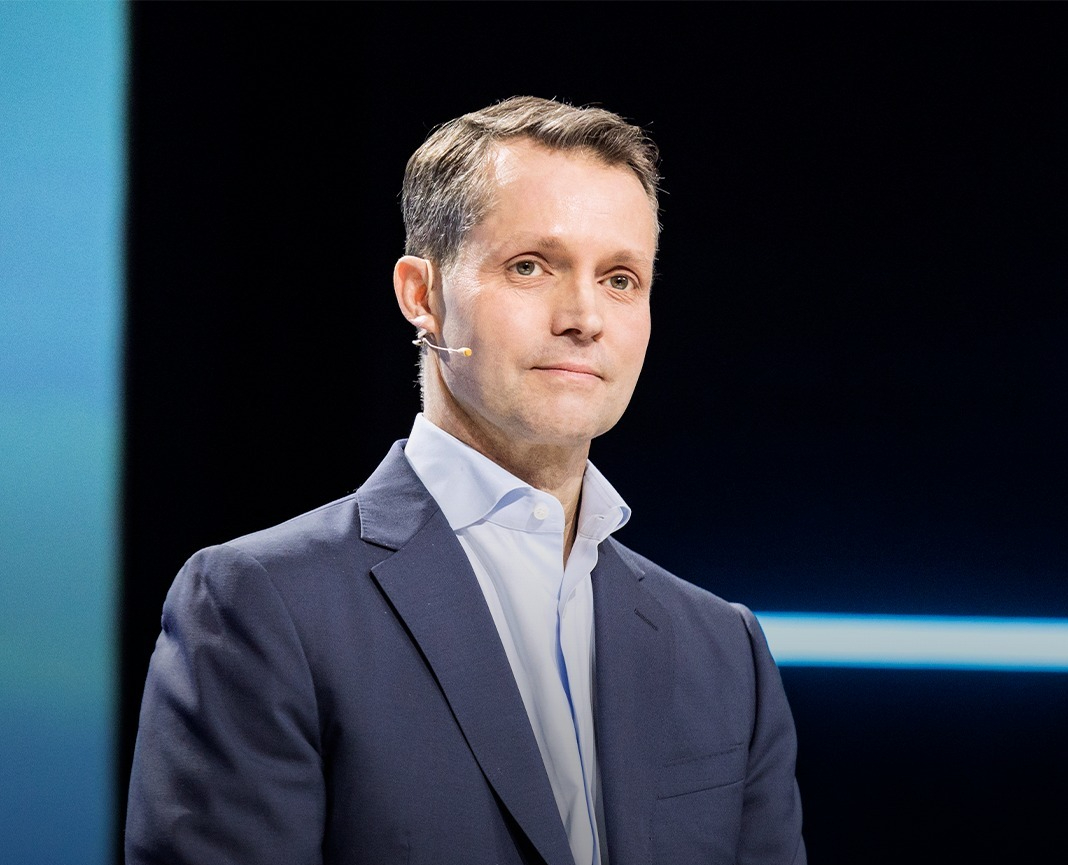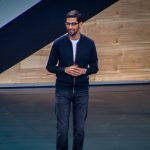Nokia CEO Justin Hotard Declares AI “Supercycle” as Company Pivots Toward Data Centre Boom
Nokia CEO Justin Hotard has declared an “AI supercycle,” comparing it to the internet revolution of the 1990s. His statement follows Nokia’s stronger-than-expected Q3 2025 results, driven by AI data centre demand and the $2.3 billion Infinera acquisition. As investors debate the sustainability of AI valuations, Nokia’s pivot highlights the high-stakes race to dominate next-generation infrastructure.
The AI Supercycle: Nokia’s Strategic Shift
Nokia CEO Justin Hotard is betting big on artificial intelligence as the next transformative wave in global technology.
“I fundamentally think we’re at the front end of an AI supercycle, much like the 1990s with the internet,” Hotard told Reuters. “Even if there’s a bubble or a trough, we’ll look to the longer-term trends—and right now, all those trends are very favourable.”
Hotard’s confidence comes amid a surge in data centre construction worldwide, with companies scrambling to meet demand for AI-powered computing capacity. Nokia’s latest quarterly results exceeded expectations, buoyed by strong sales of optical networking equipment and cloud infrastructure.
Market Reality: Optimism Meets Skepticism
Hotard’s enthusiasm contrasts sharply with rising market caution. A recent Bank of America survey found that over half of global fund managers now believe AI-related equities are in bubble territory. Tech visionaries including Jeff Bezos and OpenAI CEO Sam Altman have similarly cautioned that speculative overexuberance could lead to steep corrections.
Despite those warnings, infrastructure investment continues at breakneck pace. “Clearly the incremental growth investment is driven by data centres,” Hotard noted. “It’s a huge step up in volume.”
Across Europe and North America, telecom and infrastructure providers are racing to supply the physical backbone of AI—from high-speed fibre to advanced switching systems. Nokia’s strategic pivot positions it at the centre of this global buildout.
Nokia’s Billion-Dollar Bet on AI Infrastructure
Nokia’s pivot toward AI infrastructure marks its most radical transformation since it exited the mobile phone market in 2013. While mobile networks remain a key revenue driver, the company is embedding AI capabilities into every layer of its technology stack—from radio access networks to optical fibre infrastructure.
The $2.3 billion Infinera acquisition in 2024 strengthened Nokia’s foothold in intra-data-centre communications, giving it critical leverage in connecting AI systems that move vast data loads in real time. According to analysis reviewed by CEO Today, this acquisition has already begun contributing meaningfully to Nokia’s top line.
To accelerate its next phase, Nokia also created a dedicated Technology and AI division, led by CTO Pallavi Mahajan, another former Intel executive. The move signals a long-term commitment to innovation and vertical integration in AI-driven networking.
The Investment Landscape: Opportunity vs. Volatility
The global AI infrastructure boom represents both unprecedented opportunity and substantial risk. According to CEO Today’s reviewed analysis, global data centre spending is on track to surpass $300 billion annually by 2027, with AI-specific builds accounting for the majority of that growth.
Goldman Sachs analysts caution that the scale of investment “requires patient capital and a stomach for near-term volatility.” Hardware players like Nokia may be more insulated than pure software startups, given their tangible revenue from long-term infrastructure contracts.
Venture capitalist Marc Andreessen added perspective:
“Every major technology transition looks like a bubble at the peak. The question isn’t whether there’s excess—there always is. The question is whether the underlying technology is real and transformative.”
For Nokia, the underlying bet is that AI infrastructure demand is real—and sustainable. But its stock remains volatile as investors question whether legacy telecom firms can compete with hyperscalers building proprietary data centres.
Regulation, IP, and the Legal Landscape
As Nokia dives deeper into AI infrastructure, it faces a thicket of regulatory and legal challenges.
In Europe, data sovereignty rules dictate where AI processing can occur—potentially benefiting Nokia’s regional partnerships. Meanwhile, antitrust scrutiny in both the EU and U.S. could favour independent infrastructure suppliers like Nokia over vertically integrated tech giants.
The company’s vast patent portfolio—a historical cornerstone of its profitability—could also become a lucrative advantage. As AI networks demand faster, denser data transfer, Nokia’s intellectual property in optical networking may yield new licensing revenue streams.
The Broader Market Impact
Hotard’s bold prediction reflects more than corporate confidence—it captures a defining moment in the global digital economy. The AI-driven data centre boom is reshaping industries from energy to real estate, driving up power demand and land values near major grid hubs.
For Nokia, execution will be everything. It must demonstrate that its AI-enhanced networking solutions can deliver long-term, scalable profit growth. Investors will be watching upcoming earnings closely to see whether the company’s “AI supercycle” thesis translates into sustained market share.
Whether this proves to be the dawn of a new era or the crest of a bubble, one thing is certain: Nokia has staked its future on AI infrastructure. The coming quarters will determine if Hotard’s bold bet cements the company’s revival—or exposes it to the volatility it seeks to power.
Your Questions Answered: Nokia, AI Investment, and the Bubble Debate
1. Is AI really comparable to the 1990s internet boom?
Yes, according to Nokia CEO Justin Hotard, AI represents an infrastructure revolution similar to the rise of the internet. Both required massive investment in data and network capacity. The difference, experts note, is that AI already generates tangible business outcomes—making this boom potentially more grounded than the dot-com era.
2. Why are fund managers worried about an AI bubble?
Over 50% of global fund managers see AI valuations as stretched. Concerns stem from overinvestment, inflated expectations, and past tech busts. Figures like Jeff Bezos and Sam Altman warn that excessive hype could lead to painful corrections. Still, most agree that AI’s long-term utility is undeniable.
3. How is Nokia profiting from the AI infrastructure boom?
Nokia earns from the data centre surge through optical networking gear, fibre systems, and AI-integrated telecom infrastructure. Its Infinera acquisition gave it a leading role in connecting AI data centres worldwide—boosting its latest quarterly earnings and investor confidence.
4. What happens to companies like Nokia if the AI market cools?
A sharp downturn would strain earnings, but Nokia’s diversified base in telecom networks offers stability. As Hotard notes, even if a short-term bubble bursts, the long-term AI adoption trend is expected to persist—just as the internet eventually became essential after its own crash.
CNBC’s latest interview with Nokia CEO Justin Hotard explores the company’s pivot toward AI-driven data centres and its $2.3 billion bet on optical networking. Watch Justin Hotard discuss Nokia’s AI supercycle strategy













